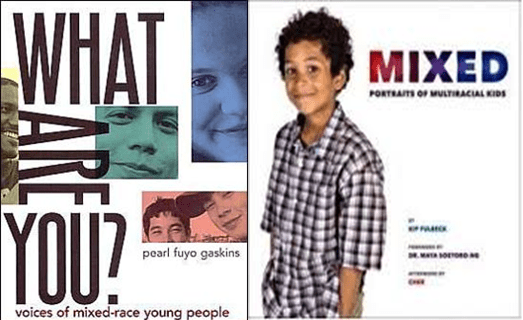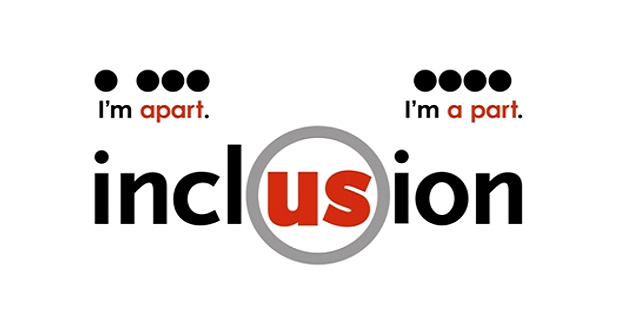 “I am Latina, Muslim, millennial, mother and I want you to understand all of me.” The check the one box identity answer is a thing of the past. Diversity and inclusion practitioners will have to understand the multi-dimensional intersections of identities that employees want acknowledged, valued and respected.
“I am Latina, Muslim, millennial, mother and I want you to understand all of me.” The check the one box identity answer is a thing of the past. Diversity and inclusion practitioners will have to understand the multi-dimensional intersections of identities that employees want acknowledged, valued and respected.
Andres Tapia, President of Diversity Best Practices, and I co-authored a paper in 2011entiled Who Am I? Who are we Really? which explores the multiple identities of individuals, organizations, and nations. We posited that a one dimensional view of diversity was a fundamental flaw in the current models of diversity work.
We all have multiple identities. No one is uni-dimensional. I identify as an African American woman, a baby boomer, a widow, a mother, a liberal with parents of Canadian heritage.
President Barack Obama exemplifies the conundrum of intersection of multiple identities well. His father is from Kenya and his mother was white American, officially making him bi-racial. He lived in Indonesia and Hawaii during his formative years, making him what anthropologists call a “Third Culture kid. However he is most often identified in a uni-dimensional way as “African American”.
Consider these statistics:
- The 2010 Census showed that people who reported multiple races grew by a larger percentage than those reporting a single race. The population reporting multiple races grew by 32.0 percent from 2000 to 2010, compared with those who reported a single race, which increased by only 9.2 percent.
- While the total U.S. population increased by 9.7 percent since 2000, many multiple-race groups increased by 50 percent or more.
- Two multiple-race groups showed the most gains: the white and black population, which grew more than 1 million and increased by 134 percent since 2000, the first year the census allowed multiple race designations ; and the white and Asian population, which grew by about 750,000 and increased by 87 percent.
- In the UK, by 2020 the mixed race population is expected to become the largest ethnic minority group with the highest growth rate.
- In Brazil, where over half the population has African roots, many also are choosing to fully embrace their multi-dimensionality and refusing to be categorized into one group or the other. It is estimated that over 40 percent of Brazil’s population is multi-racial.
- In Canada, the number of mixed unions catapulted by 33 percent between the 2001 and 2006 census counts, growing five times faster than the average for all couples. Mixed race is the fastest growing population demographic in Canada.
As testament to the trend that mixed-race individuals want recognition of their multi-dimensionality is the rise of organizations such as Swirl, Inc. (a multi-racial community committed to initiating and sustaining cross-racial, cross-cultural dialogue), iPride, (a nonprofit organization interested in the well-being and development of children and adults who are of more than one racial or ethnic heritage ), the Association of Multiethnic Americans, Project Race (advocates for multi-racial individuals and families) and Mavin Foundation (provides educational resources about mixed heritage experiences).
Political analyst Earl Ofari Hutchinson thinks that the multi-racial movement is stronger among Millennials. “They are more fluid and flexible on race, and not as tradition-bound with rigid black and white categorizations,” he believes. As a part of the post civil rights era, they did not experience the same racially segregated world as previous generations. The new message is that they want their identities to cross, rather than be limited by various boundaries.
Implications and Recommendations for D&I Practitioners:
- For the first time, the 2010 US census allowed people to identify as more than one race and, if none of the provided boxes accurately described them, to insert their own. This complicates our EEOC reporting categories that heretofore only allowed for “other” to capture those who did not neatly fit into one of the boxes. As the percentage of “other” grows, D&I practitioners will need to unpack this category to better understand who they are and the implications for inclusion efforts.
- It will be important to acknowledge and understand the issues of multi-racial employees. They have had a unique experience and as they grow in numbers, their voices will need to be heard. There may be increasing interest in setting up a “multi-racial” or mixed race network group, as an example.
- The topic of multi-racial identities may be appropriate as a topic in training. Well meaning but insensitive comments such as “what are you?” addressed to people who are of a hue that is not explicitly distinguishable as one particular race can set off tensions in the workplace.
- There are also implications for multi-cultural marketing. There is a movement towards “ethnically ambiguous” images as marketers believe they will appeal to the masses. This approach has gotten a fair amount of criticism. According to Detavio Samuels who writes for the Global Hue blog: “to cast mostly ethnically ambiguous talent is just an ineffective and lazy attempt to try to connect with everyone. Leaning on casting alone is a shortcut that enables marketers to forgo the work of uncovering cultural insights and nuances that will make creative assets more valuable to specific audiences.” Global Hue, is a full-service marketing communications agency with total market and multicultural expertise. D&I professionals should be partnering with their marketing departments to help them understand such sensitivities.
::Read the other Key Diversity & Inclusion Trends for 2013::


















